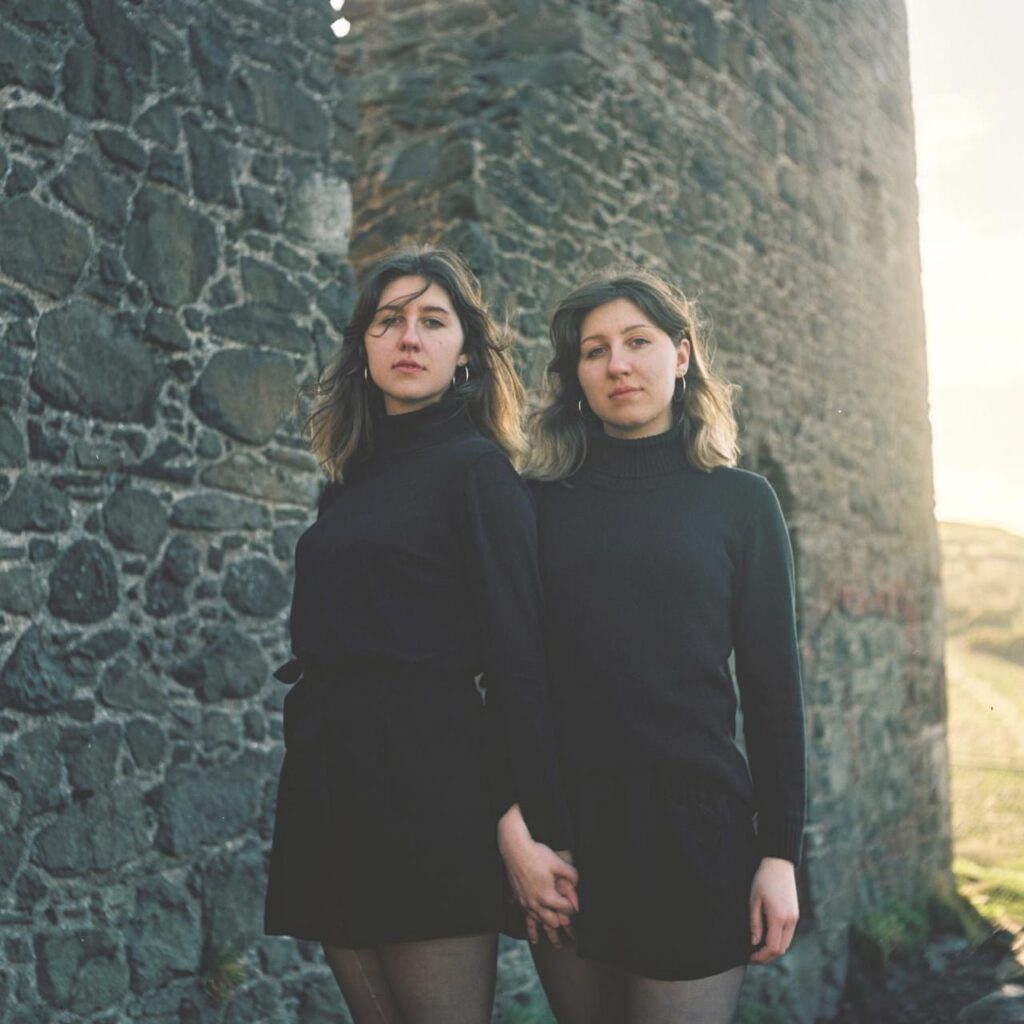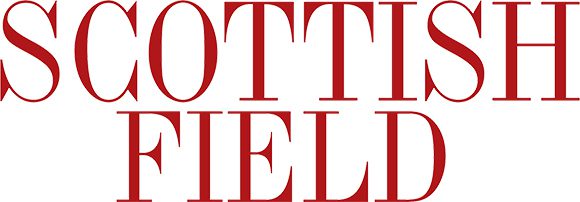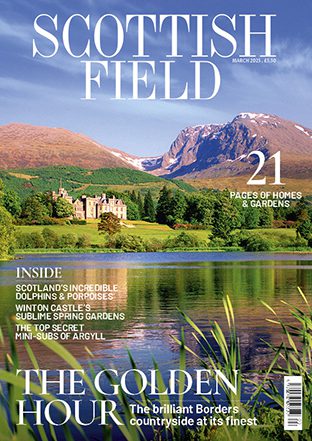
Martyna and Magda Michalak: The Edinburgh twins taking the art world by storm
Lisa Simonis sits down with the Polish sisters Martyna and Magda Michalak – the Edinburgh twins taking the art world by storm.
While most sibling relationships are complex, the stakes suddenly heighten when it comes to twins, who seem to inspire a unique kind of societal fascination.
Imagine having someone with whom you’ve shared everything since before birth.
In Edinburgh, there is a particular set of twins that have been taking the art world by storm: identical Polish twin sisters Martyna and Magda Michalak.
I met the pair about three years ago. Picture that friend you can laugh with at a social event and confide in over coffee. That’s the best way to describe the Michalaks.
Naturally, a friendship blossomed rooted in our mutual interest in art, my being a twin, and, most of all, their interest in storytelling and a sense of curiosity about the world.
While Magda is an illustrator and graphic designer, Martyna is a tapestry weaver. With the increasingly digitised art world, I initially learned of Magda’s illustrations and Martyna’s tapestries through social media.

After months of encountering the Michalaks around the city and seeing their work in magazines, exhibitions, and even their living room, their art began to feel like a living extension of their personalities. I couldn’t help but be curious about how it all began.
The Michalaks can’t remember a time they weren’t creating. They told me about their childhood in Poland when they would take turns narrating stories and turning them into comics. Back then, their bedroom walls witnessed some of the earliest drafts.
Playful is a good word to describe Magda’s work. Her illustrations feature simple shapes, exploring geometry and composition and are highlighted by her signature arching figures.
Her style is unmistakable, as I discovered when I was walking past a gallery and spotted a painting whose style seemed familiar in the window. I snapped a photo, suspecting it was Magda’s—and sure enough it was.

Her distinct style stood out even more when I once ran into her sketching at a cafe with her partner, also an artist. His work is hyperrealist, moody, monochrome, and full of grit. Across from him, Magda’s pages contrasted in joyful animations, the world bursting in waves of Technicolour.
Perhaps that same playful je ne sais quoi inspired her to illustrate a children’s book and paint a mural in Edinburgh. Her work has appeared on the cover and pages of The Skinny and in campaigns for the French Institute.
Martyna is a self-taught tapestry weaver whose work evokes visceral, tactile responses. Weaving was not a medium I was well-versed in. Fortunately, Martyna offers workshops periodically, so I attended one to better understand the form.
About ten of us gathered as Martyna demonstrated how to set up the loom. Then, we chose our yarn colours and began threading them through the grid we’d built.
Weaving became an exercise in letting go of perfectionism—selecting colours and textures that simply intrigued me. Eventually, the repetitive over-and-under motion turned meditative.
By the end, I had a small ten-by-ten tapestry that Martyna and I affectionately named The Jellyfish for its purple body and long tassels.
It’s no surprise that for Martyna, tapestry-making is an emotional outlet. Each tapestry is imbued with a piece of her life, as each thread holds meaning for her process.
The result: visceral tapestries that capture moments in time. Through texture and colour, she expresses anger, joy, and pain. As she put it, ‘Art is mental health’. A sentiment her sister shares, using illustration in much the same way.

The Michalaks draw inspiration from the Scottish landscape. While most of Martyna’s tapestries are abstract, some reflect scenes from her hikes. The yarn recreates the Scottish rolling hills under clear blue skies, capturing the serene vastness of nature.
Magda’s illustrations reimagine Edinburgh landmarks like Arthur’s Seat and the Castle alongside fleeting everyday moments: a dog carrying a stick humourlessly or a child dropping an ice cream cone.
It’s those fleeting moments Magda stores as mental snapshots, later reimagined as characters in her drawings or echoed by Martyna in thread.
Scotland is where the twins’ creativity truly took off. As they explained, the pace of life and sense of freedom here allowed their art to flourish. In Scotland, they found a place where art isn’t just supported but actively encouraged.
No one knows Magda and Martyna better than they know each other. They are one another’s greatest supporters, fiercest critics, and constant safety nets.
It is a universal truth that many twins are compared, often defined by contrasting traits one possesses, and the other does not. A narrative the Michalaks are all too familiar with.
While forging identity amid comparison can be challenging, the Michalak twins have embraced their individuality, strengthening their bond in the process.

The Michalaks’ sisterly bond, rooted in creativity, has pushed them to grow as artists. Though their mediums differ and reflect their distinct personalities, they continue to fuse Polish and Scottish cultures, and have even contemplated a collaboration that would combine their strengths.
One tapestry, in particular, holds deep meaning for Martyna and commands attention at every exhibition: a red piece with a hole at its centre and cascading ribbons of red tassels.
Titled PAIN (2023), the 225cm x 75cm work never fails to stir something in viewers and in me.
Conceived during a moment of personal introspection, it’s a piece I closely associate with Martyna and reminds me of the raw human experience and the people who shape it along the way.
Read more News stories here.
Subscribe to read the latest issue of Scottish Field.
TAGS

